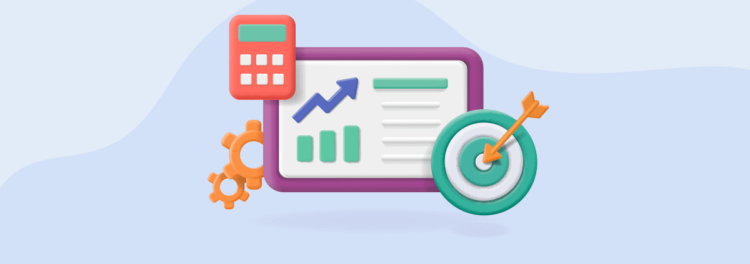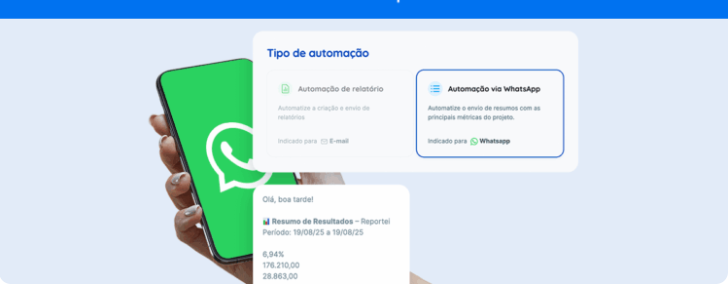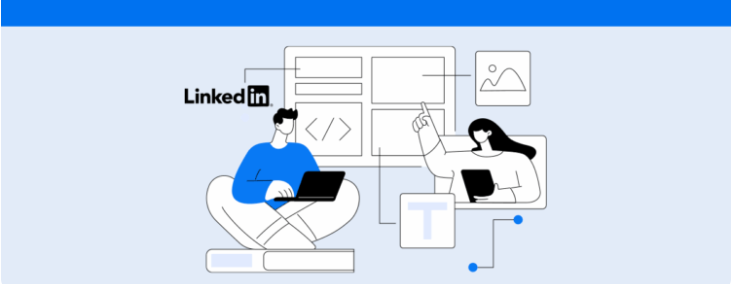Check out valuable tips in this article on how to integrate your local paid traffic actions with SEO, and achieve the best results in digital marketing
When it comes to local businesses, two digital marketing strategies that cannot be left out of the plan are paid traffic and search engine optimization (SEO) techniques.
Although considered independent approaches, the smart combination of these actions can generate impressive and lasting results for companies. After all, by combining the immediacy of Ads campaigns with the sustainability of SEO, businesses can conquer a robust and targeted digital presence, effectively reaching a local audience.
Therefore, in this article, we will explore tips on how to integrate local paid traffic strategies with SEO tactics to maximize visibility, credibility, and the success of businesses. Follow along!
Why Work with Paid Traffic for Local Businesses?
Working with paid traffic for local businesses involves creating ads targeted at a geographically specific audience, being an essential approach for restaurants, clinics, gyms, and many more.
Among the advantages that this strategy offers, it is worth highlighting the precise targeting to reach the target audience in the desired area, the possibility of obtaining quick results, and the ability to overcome local competition by positioning your ads at the top of search results.
In addition, with the flexibility to customize ads according to local needs and budget management, you maintain control of expenses to adapt strategies and gradually increase the return on investment (ROI) with the campaigns.
But for those who want to go further in the results, integrating paid media with SEO helps to strengthen local visibility and engagement, providing a significant boost to businesses. Want to know how? Then check out the tips we’ve selected to assist in this process!
How to Integrate Paid Traffic and Local SEO?
Integrating paid traffic and local SEO is a powerful strategy to maximize the visibility and reach of your business in the region. However, effective integration depends on some important steps. See what they are and how to adapt them for your company!
Platforms to Integrate the Strategies
Online, there are several effective platforms for local paid traffic and local SEO. The choice will depend on the characteristics of your target audience, the objectives of your campaign, and the type of business you have.
But it is worth considering two that stand out in the integration between strategies:
- Google: whether to appear in the top positions with search campaigns or to get ahead in organic results, the world’s largest search engine makes all the difference for those who want to reach a larger local audience;
- Google My Business: it is an essential channel to connect with customers in your region. But in addition to creating an account, it is necessary to perform frequent optimizations on the profile and, of course, invest in ads to increase public interactions with the company.
In addition, investment in local paid traffic should also take into account other channels, such as social networks relevant to your audience.
Keyword Integration in Ads and Content
Integrating keywords into ads and website content is a fundamental component to align local paid traffic and SEO strategies, increasing the visibility and relevance of your business.
For this, identify local keywords that have a good search volume and are aligned with user intent. This allows your Ads campaigns and your optimized content (from the website, landing pages, and Google My Business profile) to reach the right people and offer a continuous experience to your potential customer.
The ideal is to use a good keyword planning tool to understand which are the most relevant for the audience and contribute to more precise segmentation.
Optimization of Landing Pages
Along with keyword research, the optimization of landing pages plays an essential role in the integration between paid traffic and local SEO, ensuring a consistent and relevant experience for visitors, regardless of the source of the traffic.
To properly adjust your landing pages, it is important to consider several factors, such as:
- the creation of content that meets the needs of the local public, whether through paid ads or organic searches;
- integration of local keywords in key areas, such as titles, headers, and texts, to increase the page’s relevance for local queries;
- focus on user intent, using attractive visual elements, clear CTAs, and prominent contact and location information for local businesses;
- monitoring loading speed and mobile responsiveness to offer a positive experience to visitors;
- and consistency in the message between your paid ads and the landing page to create a fluid transition and reinforce the reliability of your offer.
Another good suggestion is to regularly perform A/B tests to continuously optimize the page experience and improve conversion rates, strengthening the cohesion of your overall marketing strategy.
Intelligent Geographical Segmentation
Having intelligent geographical segmentation is essential for the integration between paid traffic and local SEO. This is because it allows you to reach a specific and effective audience in your region precisely.
In the context of Ads investment, this process involves the creation of ads targeted to specific areas, including strategic selection of keywords and times to maximize local engagement.
In SEO, geographical segmentation implies optimizing not only search terms for specific areas but also the content of the website and the profile created on Google My Business.
Channel Data Integration
Data and metrics integration plays a crucial role in combining local paid traffic with SEO, enabling comprehensive, data-driven analysis to maximize results. Here are the key aspects of this integration:
- Data Centralization: Gather information from both strategies on a single platform or marketing dashboard. This simplifies the comparison and analysis of relevant metrics for paid and organic traffic;
- Metric Tracking: Use reporting tools to track clicks, impressions, and conversions for both paid ads and organic results. This offers a holistic view of performance;
- Keyword Analysis: Monitor the performance of keywords used in your paid and organic strategies. Identify which terms are generating more traffic, clicks, and conversions across both channels;
- Geo-Location and Interaction: Analyze where visitors are coming from and how they interact with your site. This helps to understand the distinct behaviors of the local audience;
- Conversion Attribution: Attribute conversions to the appropriate sources, considering whether they were influenced by paid ads, organic results, or both. This helps to understand how these strategies complement each other;
- Performance Comparison: Compare paid and organic channels for the same keywords and geographical areas. This can reveal insights into which approaches are generating better results in different scenarios;
- Continuous Learning: Use the data collected to constantly adjust your strategies. If a keyword is yielding good results in paid traffic campaigns, you might optimize your organic content for it;
- Data-Driven Optimization: Adjust your strategies based on the insights gained. If a particular topic is generating interest in both paid ads and organic results, it may be an opportunity to create more content on that subject.
How to Monitor Results in an Integrated and Accurate Manner?
As we can see, the exchange of information between paid and organic channels is essential for better outcomes with your local marketing strategies. For this, tools like Google Ads and Search Console can be integrated for more precise tracking in your routine.
But to go further, you can also rely on Reportei, which integrates with these and many other platforms to provide a holistic view of your strategies and valuable insights for the future of the project.
Along with reports, you can create dashboards that not only allow for the automatic capture of metrics but also facilitate agile data monitoring and quicker decision-making.
Take advantage of our 3-day free trial and discover how Reportei can be a powerful ally in your local SEO and paid traffic strategies!



